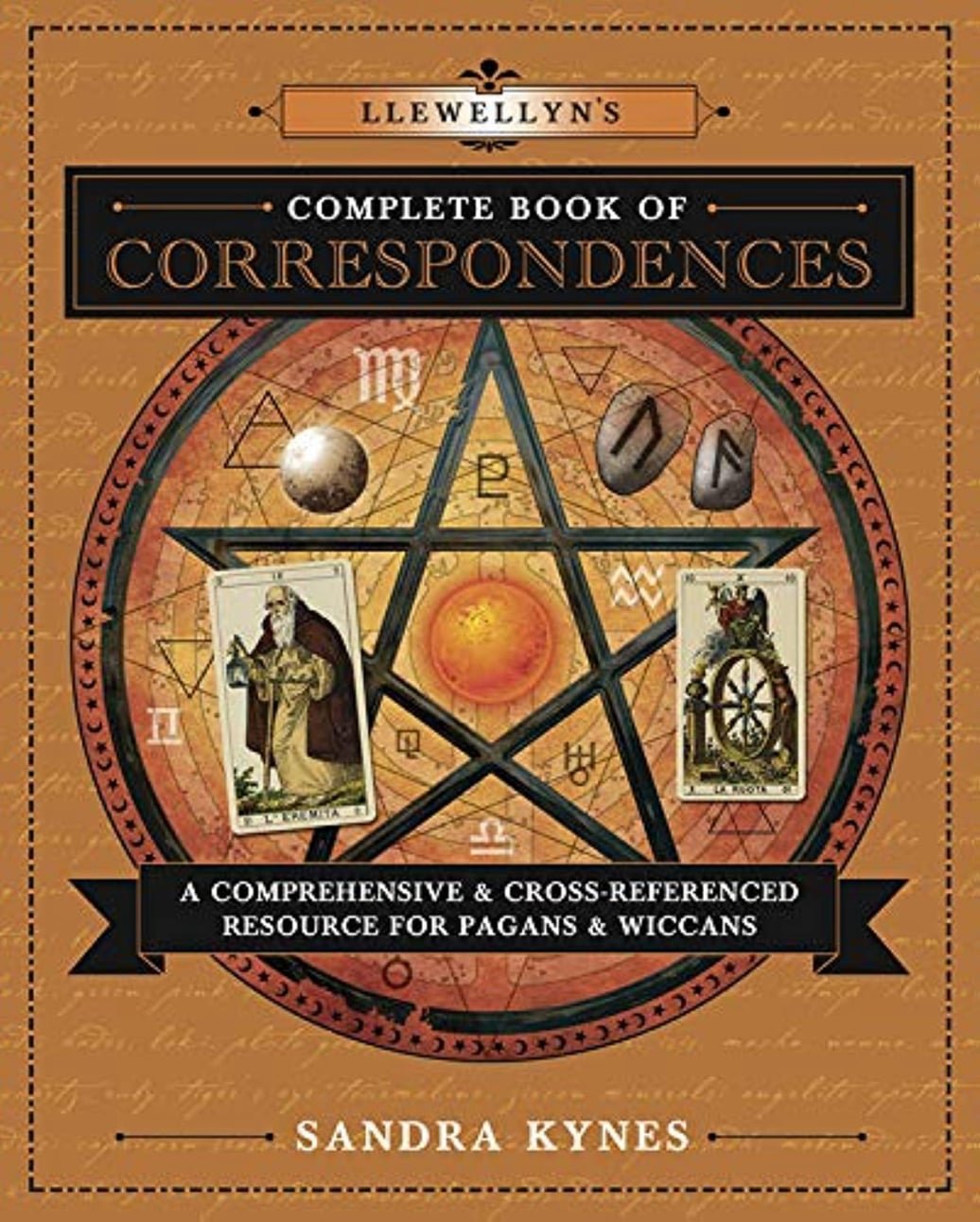Llewellyn's Complete Book of Correspondences is a clear, straightforward companion for Pagan and Wiccan ritual and spellwork. Entries are cross-referenced, indexed, and organized by categories and subcategories, making it easy to find what you need.
This comprehensive reference provides a fascinating look at why correspondences are more than just lists of objects to focus intent on―they are fundamental to how we think. When we use correspondences, we weave together our ideas, beliefs, and energy, creating deeper meaning in our rituals and spellwork as we unite our individuality with a larger purpose.
Often Bought With This Item:
* The Complete Picatrix: The Occult Classic of Astrological Magic Liber Atratus Edition by John Michael Greer.
* Holland's Grimoire of Magickal Correspondence: A Ritual Handbook by Eileen Holland.
Related:
* Llewellyn's Complete Book of Ceremonial Magick: A Comprehensive Guide to the Western Mystery Tradition (Llewellyn's Complete Book Series, 14) by Dr Stephen Skinner, Dennis William Hauck, & 13 more.
* Llewellyn's Complete Book of Divination: Your Definitive Source for Learning Predictive & Prophetic Techniques (Llewellyn's Complete Book Series, 11) by Richard Webster.

